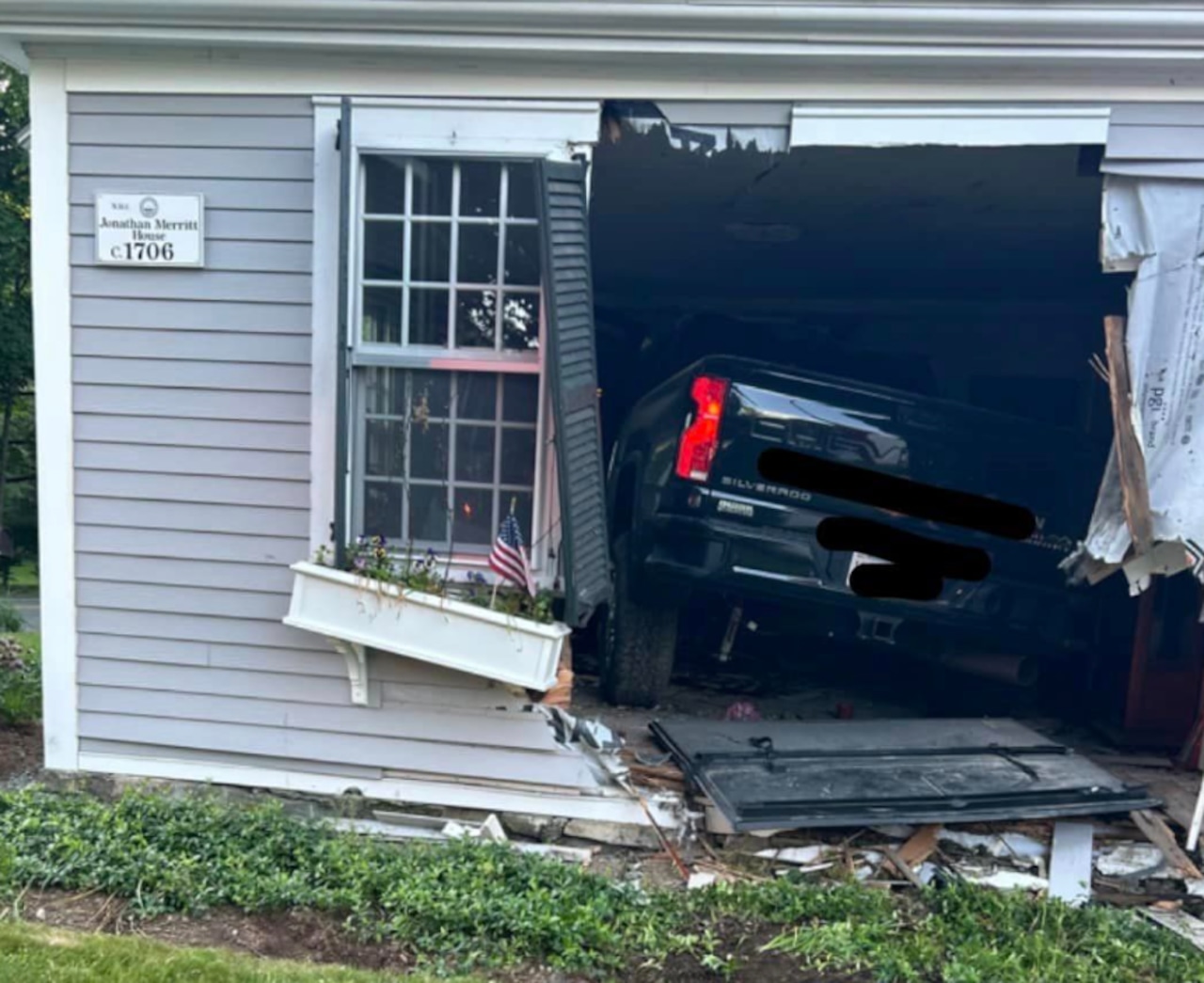
On April 8, millions of Americans will be saying “goodbye” to the sun for a brief moment, as a total solar eclipse will cut through North America.
Although the eclipse can experienced from almost anywhere in the U.S., only 15 states are along the eclipse’s path of totality – where people can see the Moon completely block the Sun –, according to pbs.org.
Those states are Texas, Arkansas, Oklahoma, Missouri, Tennessee, Illinois, Kentucky, Indiana, Ohio, Michigan, Pennsylvania, New York, Vermont, New Hampshire and Maine, according to greatamericaneclipse.com, a website dedicated to tracking solar eclipses.
The eclipse will begin over Mexico’s Pacific coast and stretch through Texas and Oklahoma, parts of the Midwest, mid-Atlantic and New England before leaving through eastern Canada and into the Atlantic, according to pbs.org.
At its peak, the April eclipse is set to last 4 minutes and 28 seconds in a place 25 minutes northwest of Torreón, Mexico, according to NASA.
“During any total solar eclipse, totality lasts the longest near the center of the path, widthwise, and decreases toward the edge,” according a January post on NASA’s website. “But those seeking totality shouldn’t worry that they need to be exactly at the center. The time in totality falls off pretty slowly until you get close to the edge.”
But, if you’d like to know how much of the eclipse you can see in Massachusetts, NASA has published a tool where people can search by city or ZIP code to see the April eclipse’s details.
In Springfield, the eclipse will start at 2:13 p.m. and end at 4:37 p.m., according to NASA’s tool. At its peak, the Moon will cover 93.4 percent of the Sun.






